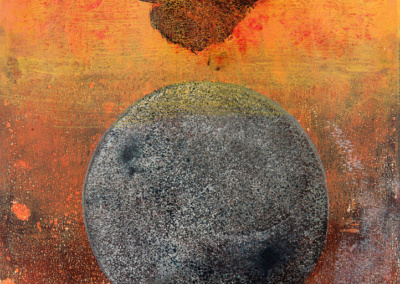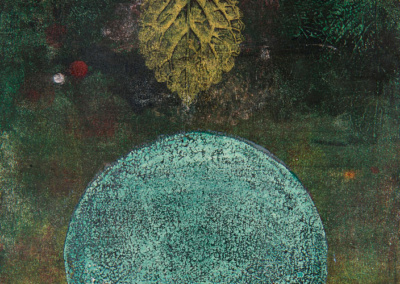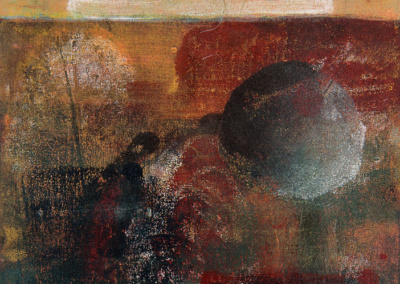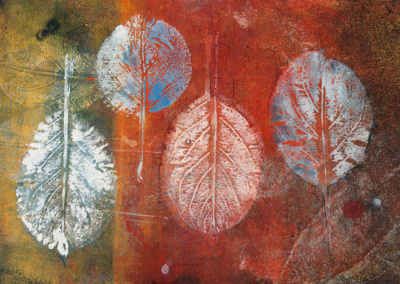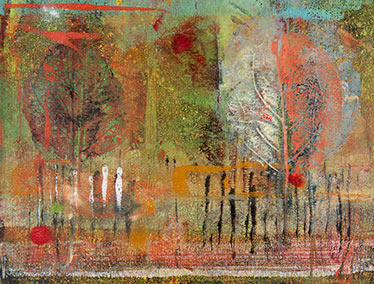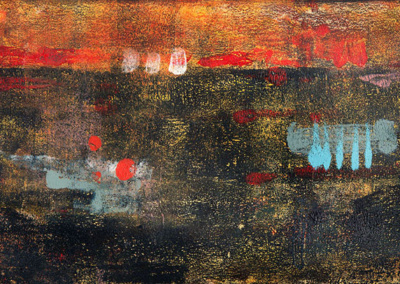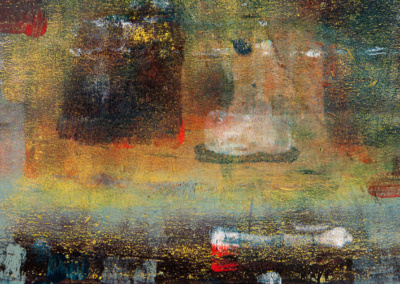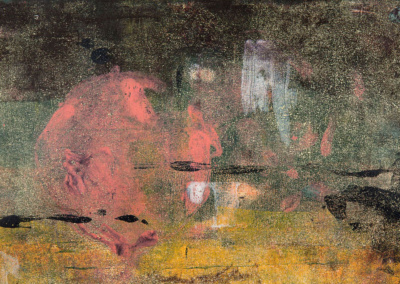Gaia
In March of this year (2022), I planned to have a garden — to grow tomatoes and snow peas in the small patch of overgrown untended to grass and weeds adjacent to the backyard garage. Surfing Youtube videos, I discovered the concept of no-till gardening, where one placed soil over cardboard over existing terrain to start a garden. It seemed like the perfect experimental solution to a simplistic idea. I learned about seeds, compost, water and photosynthesis — not in the technical way, but from trial and error, and more YouTube videos. And there I fell into the addiction and discovery of gardening, making endless trips to Rona and Canadian Tire, as if on a vision quest, although it was only in my modest garden patch and the make-shift seeding station in the basement of mom’s home.
Gaia is inspired by my newfound interest in the process of gardening, reconnecting to the soil and the Earth through the plants. There is an immense inner joy when one bears witness and partakes in its growth cycle from seed to harvest, and then back to seed. What is more astounding is eating the very fruit or vegetable that one grows. The process fills me with a reverence towards the environment and the universe. Life is abound in all aspects of a garden where the plant’s life is dependent on everything that its surroundings can provide.
Gaia is the Greek Goddess of Earth. Chaos was the first primordial God, which consisted of darkness and void from which Gaia or Earth came into existence.
How are the original artworks made?
The artwork is hand-printed on 96 lb (260gsm) Canson Recycled Bristol, an acid-free paper that measures 14 x 17″ (35.6 x 43.2 cm). The artwork is created using a technique of image transfer called gelatine printing (or gelli plate). The originals prints may contain small shreds of fabric that have adhered from the layering and masking process.

